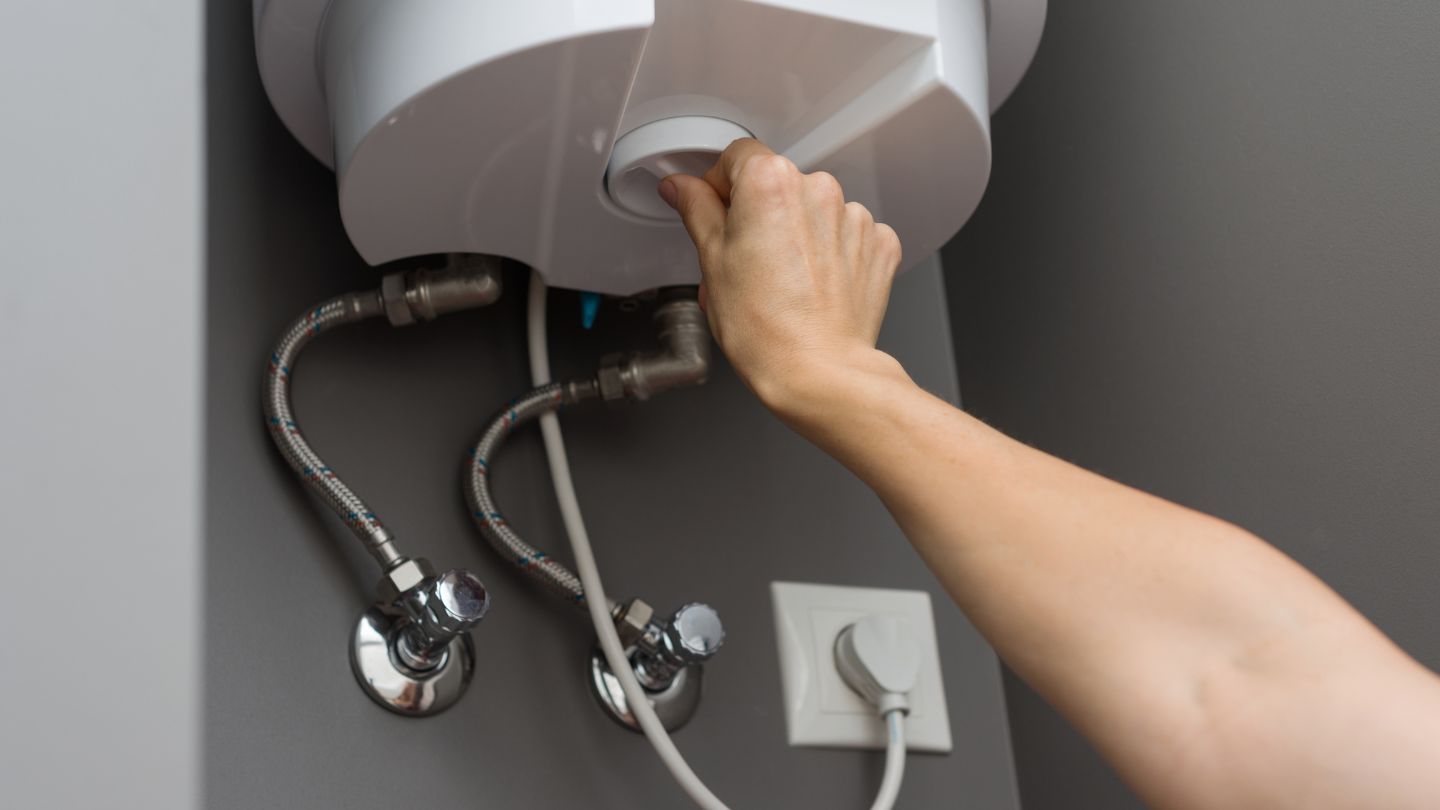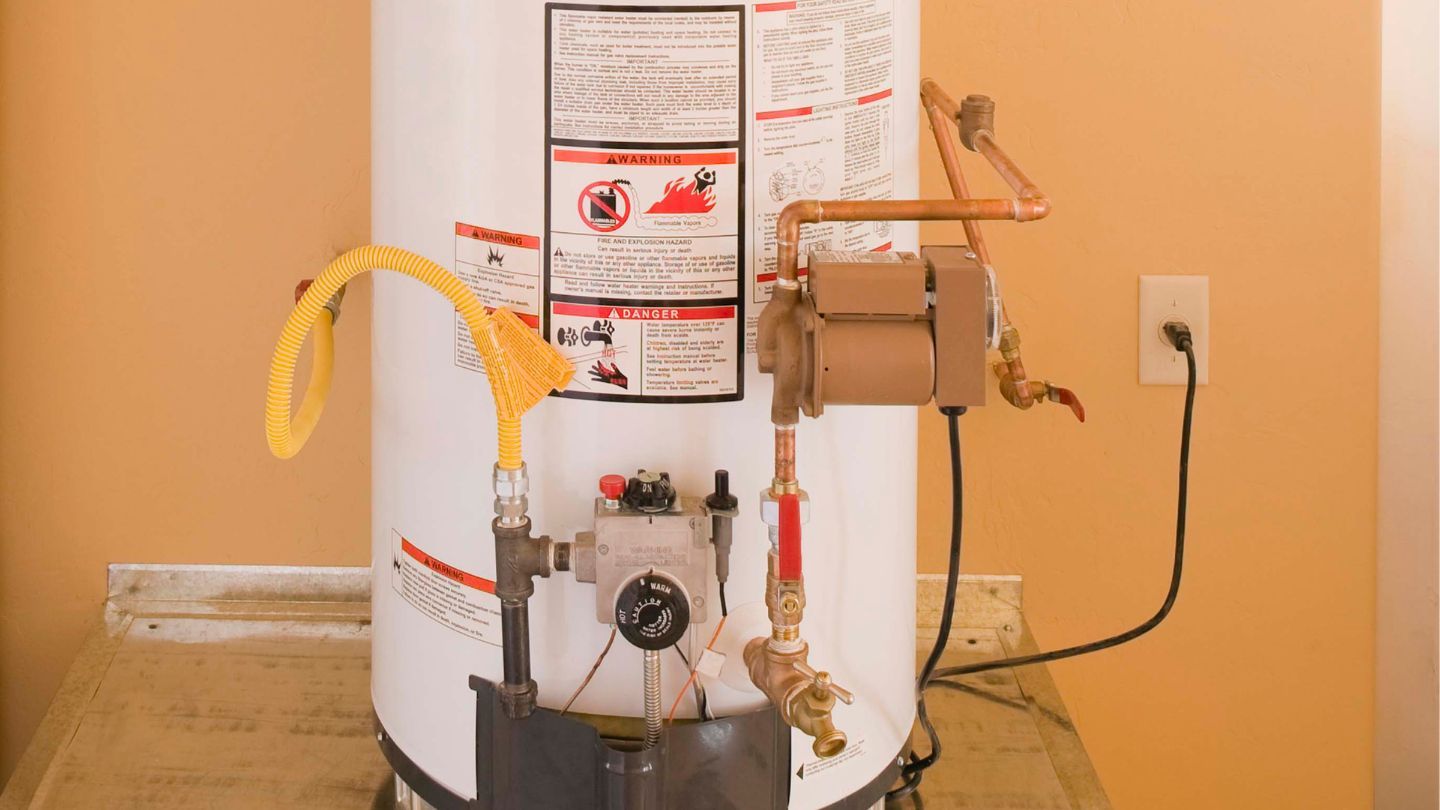If you're asking, "What is the
hottest temperature I should set for my hot water heater?" the answer is
crucial for your safety and comfort. Most experts suggest setting the temperature
between 120°F and 140°F. This range helps prevent scalding and bacterial growth
while ensuring efficient energy use. In this blog, we delve into the ideal
temperature settings, the risks of higher temperatures, and how to adjust your
water heater for optimal performance. Whether you have a gas, electric, or
tankless water heater, we've got you covered.
Key Takeaways
- The recommended water heater temperature is 120°F for safety and efficiency, while 140°F may be appropriate for larger households or colder months.
- Higher water temperatures pose severe burn risks, particularly for vulnerable populations such as children and the elderly; therefore, it is advised to maintain 120°F to minimize these risks.
- Adjustments to water heater settings can lead to significant energy cost savings. Reducing standby heat losses can contribute to annual savings of $36 to $61.
Ideal Water Heater Temperature Settings
Adjusting your water heater's
temperature is essential for balancing comfort, safety, and energy efficiency.
When considering what temperature should I set, experts recommend a range of
120°F to 140°F. At 120°F, the risk of scalding is significantly reduced, and
bacterial growth, such as Legionella, is controlled. This setting is suitable
for most homes and is especially ideal for households with young children or
elderly individuals.
For larger households or during
colder months, a slightly higher setting of 140°F can meet increased demand
while ensuring consistent hot water availability. However, higher temperatures
should always be approached with caution to avoid safety risks. Consulting a
professional plumber can help determine the optimal setting based on your
household size, water usage patterns, and seasonal needs.
Risks of High Water Temperatures

While higher water temperatures
may seem convenient, they pose significant risks. Water at 140°F can cause
severe burns in as little as three seconds, while 120°F water takes about ten
minutes to inflict similar injuries. This underscores the importance of
addressing both the risk of scalds and the risk of legionellosis by setting
your water heater to a safe temperature.
Scalding incidents are a
serious concern, particularly for children and the elderly, who are more
vulnerable to burns. These injuries account for numerous hospital visits
annually. A professional plumber can install safety features, such as
thermostatic mixing valves, which regulate tap water temperatures to reduce the
risk of burns. This proactive measure ensures household safety without
compromising comfort.
Benefits of Higher Temperatures
Elevating your water heater's
temperature to 140°F can offer advantages, especially for households with
higher water demands or appliances like dishwashers that lack built-in heating
elements. However, it's essential to balance this with safety precautions, such
as considering a lower temperature setting to prevent scalds.
A plumbing professional can
recommend solutions like a water tank booster, which maintains the tank's water
at 140°F to inhibit bacterial growth while mixing in cold water for safer tap
temperatures. This approach provides the benefits of higher water temperatures
without the associated risks, making it a smart choice for families and
efficiency-conscious homeowners.
Energy Costs and Efficiency
Water heaters are among the
most energy-intensive appliances in the home, accounting for 14-18% of energy
consumption. Lowering the water heater temperature can reduce energy costs,
saving households between $36 and $61 annually by decreasing standby heat
losses. Proper management of domestic water supplies, including optimal water
heater settings, is crucial for both energy efficiency and safety. Over time,
this adjustment can lead to significant savings while maintaining comfortable
water temperatures.
Routine professional
maintenance plays a crucial role in optimizing your water heater's efficiency.
Regular inspections by trained plumbers can identify issues before they
escalate, ensuring that your system operates at peak performance. By investing
in professional care, you can extend the lifespan of your water heater and
maintain consistent energy savings.
Read more: How Long Do Water Heaters last? How to Extend Their Lifespan
How to Adjust Your Water Heater Temperature

Adjusting the temperature of
your water heater thermostats is an important step to achieve optimal comfort
and safety. However, it is best left to trained professionals who can ensure
that the adjustments are made accurately and safely, preventing potential
issues such as scalding, inefficiency, or system damage.
Professional plumbers are
equipped with the expertise and tools necessary to adjust water heater
temperatures for all types of systems, including gas, electric, and tankless
models. Here's how they approach these adjustments:
Adjusting a Gas Water Heater
For gas water heaters, whether heater
tanked or tankless, professionals begin by inspecting the unit for any
underlying issues that might affect performance. They carefully access the gas
control valve and use precise instruments to adjust the thermostat knob to the
desired temperature. These knobs often feature markings such as "1," "2," and
"3," which correspond to approximate temperature ranges.
After making the adjustment, the plumber will test the water temperature using a thermometer to confirm accuracy. Additionally, they may check for gas leaks, inspect the gas supply line, and ensure that the unit operates safely and efficiently.
Adjusting an Electric Water Heater
For electric water heaters,
plumbers remove the access panel to access the thermostat. They will adjust the
temperature dial to the desired setting, ensuring it falls within the
recommended range of 120°F to 140°F. Once the adjustment is complete, the insulation
and access panel are reattached to minimize heat loss.
Professionals also take this
opportunity to inspect the unit for any signs of wear or malfunction, such as
corroded components or faulty wiring, ensuring your system operates reliably.
Adjusting a Tankless Water Heater
Tankless water heaters are
equipped with advanced digital controls that allow precise temperature
adjustments. A professional plumber will access the digital interface, set the
desired temperature, and run a diagnostic to confirm the system is performing
correctly. They will also inspect the system for any blockages, mineral
buildup, or other issues that could affect its efficiency.
Tankless water heaters often
require routine maintenance, such as descaling, to maintain peak performance.
Professionals ensure these tasks are completed effectively, extending the
lifespan of your system.
Measuring Your Water Temperature
Accurately measuring your water
heater's output is essential to maintain safety and comfort. Run hot water for
30 seconds to a minute at the tap farthest from the hot water heater and use a
reliable thermometer for a precise reading. If the temperature is not within
the recommended range, a professional plumber can assess and recalibrate your
system, ensuring consistent and safe water temperatures.
Read more: What Affects Heating Time? How Long Does It Take for Your Water Heater to Heat Up?
Conclusion
Maintaining the correct water
heater temperature is essential for ensuring safety, maximizing energy
efficiency, and enhancing home comfort. By setting your water heater within the
recommended range of 120°F to 140°F, you can prevent scalding, inhibit bacterial
growth, and lower energy costs. Regular professional maintenance, including
water heater repair services and expert adjustments, is key to keeping your
system reliable and efficient.
For water heater repair near Kennesaw, trust A-Total Plumbing - An Ace Home
Services Company to deliver top-tier service. Our experienced technicians specialize in optimizing water heaters to meet your home's specific needs, ensuring safety, comfort, and long-term performance. Our skilled technicians specialize in optimizing water heaters to suit the specific needs of homes in Marietta, Smyrna, Bartow County, Cobb County, Roswell, and Alpharetta, ensuring safety, comfort, and long-term performance. Contact us today to
schedule your service and experience the difference A-Total Plumbing - An Ace
Home Services Company can make!
Frequently Asked Questions
1. How can I tell if my water heater is set to the correct
temperature?
You can check by running hot
water for about 30 seconds and measuring the temperature with a thermometer. If
the temperature is outside the 120°F to 140°F range, adjustments may be needed
for safety and efficiency.
2. What are the signs that my water heater needs
professional maintenance?
Common signs that your system
may need water heater servicing include fluctuating water temperatures, unusual
noises, discolored water, or higher-than-normal energy bills. These may
indicate issues that require a professional inspection.
3. Can seasonal changes affect my water heater's
performance?
Yes, colder weather can
increase hot water demand and heat loss, especially in multiple-unit housing
complexes. Adjusting the temperature or scheduling a professional check-up can
ensure consistent performance year-round.

